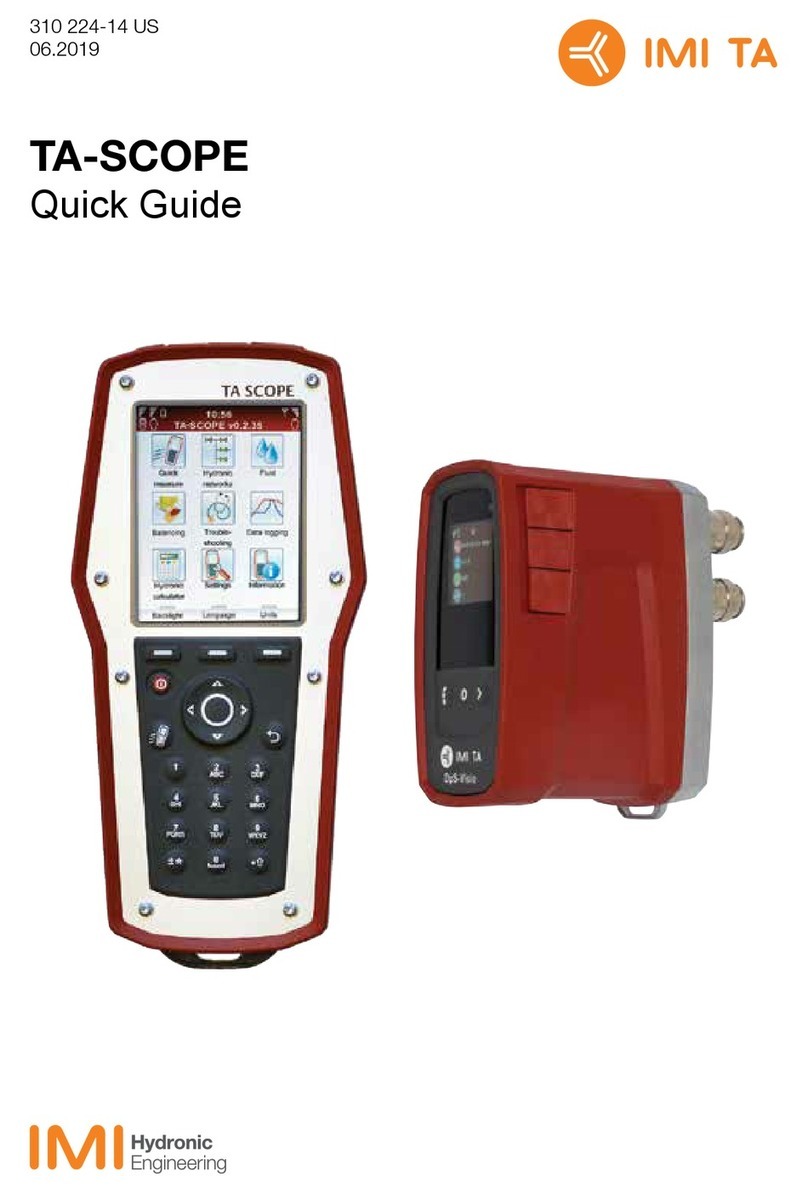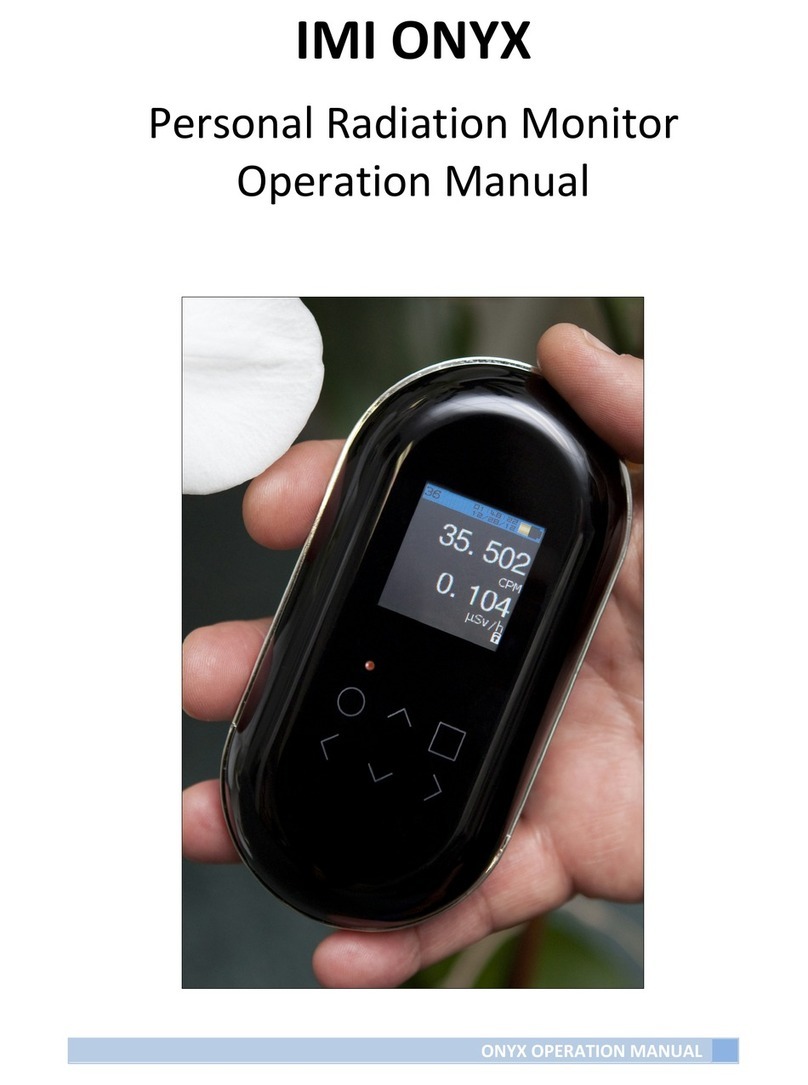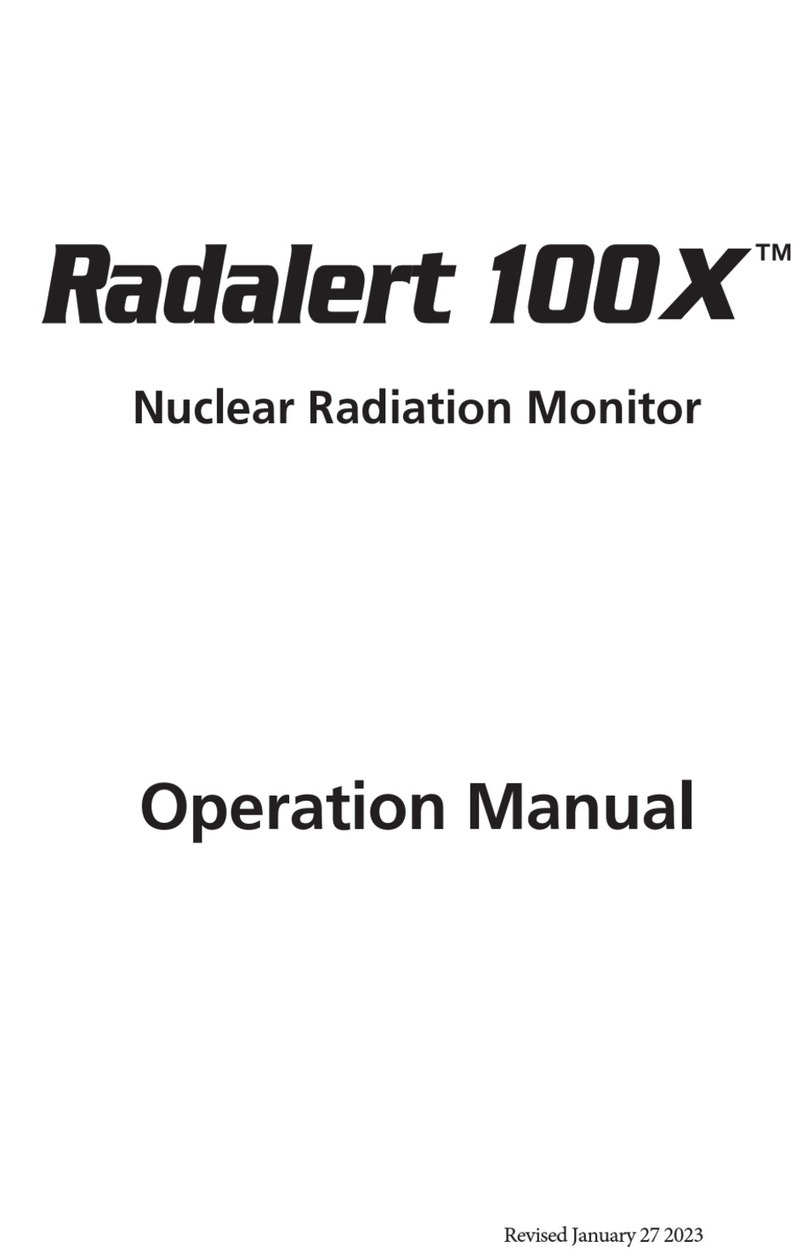Contents
1 Introduction ..........................................................................1
How the Rad 100 Detects Radiation.......................................1
Precautions............................................................................2
2 Features ................................................................................3
The Display............................................................................4
The Switches .........................................................................5
The Detector .........................................................................6
The Input/Output Ports ..........................................................6
3 Operation..............................................................................7
Units of Measurement ...........................................................7
Starting the Rad 100..............................................................7
Operating in the Dose and Count Rate Modes.......................7
Operating in Total/Timer Mode ..............................................8
Operating Ranges and Response Times................................10
The Utility Menu..................................................................12
Interfacing to an External Device..........................................13
4 Common Procedures ...........................................................14
Establishing the Background Count .....................................14
Environmental Area Monitoring ...........................................15
Checking an Object .............................................................15
5 Maintenance .......................................................................16
Calibration ..........................................................................16
Troubleshooting and Service ................................................19
6 Basics of Radiation and Its Measurement .............................21
Ionizing Radiation................................................................21
Measuring Radiation............................................................23
Radiation Measurement Units..............................................24
Higher Than Normal Readings .............................................24
Appendix: Technical Specifications ...........................................26
Limited Warranty .....................................................................28






























